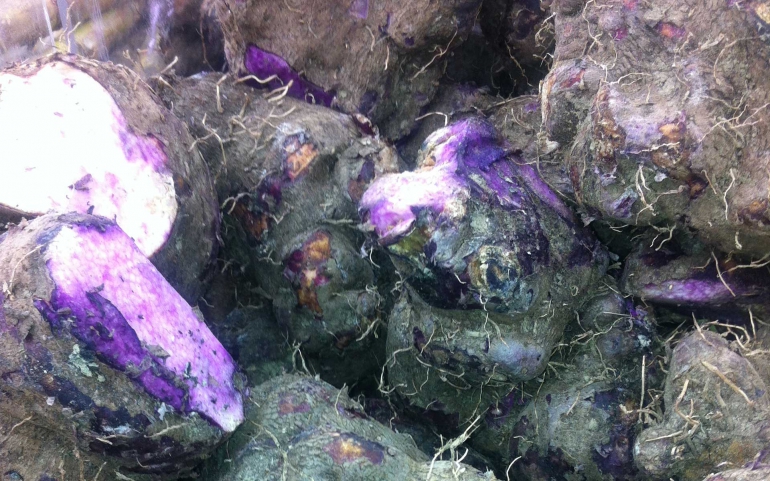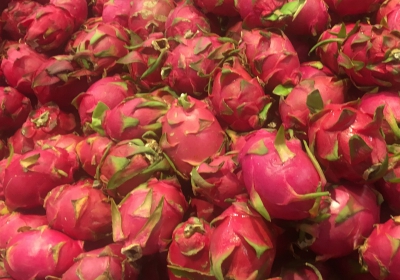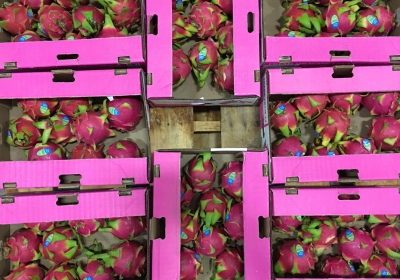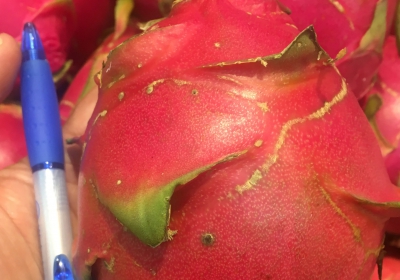Description/Taste
Ratalu Purple yams are variously shaped from roughly oblong to curvaceously twisted depending on specific varieties. The tuber’s flesh is violet in color and dry and starchy in texture. The flavor is rather sweet, which attributes to it being utilized often for dessert preparations. The Ratalu yam retains its flesh’s color when cooked.
Seasons/Availability: Late Winter through Spring
Current Facts
The Ratalu purple yam is also known as Violet yam, Hiaaya, Uhi, kand and Indian purple yam. It is a root vegetable and a member of the Dioscoreaceae family. The yam is essentially the tuber part of the plant, most often storing nutrients and energy in the form of carbohydrates and water, which sustains the plant’s growth and ability to survive adverse conditions.
Nutritional Value
The nutritional value of the yam is principally as a source of carbohydrates, though if eaten in large quantities it can provide a substantial amount of protein, thiamin and vitamin C.
Geography/History
Native to East Asia, the Ratalu Purple yam thrives in moist soils and gulches, its above ground vines clinging to tree trunks and vertical structures for support. The vine grows during the summer months and withers away in the winter, the season in which the yams continue to grow. When new vine shoots appear the tubers will have reached maturity and are ready for harvest. Today, this yam variety is cultivated primarily in India, Polynesia and Hawaii.




